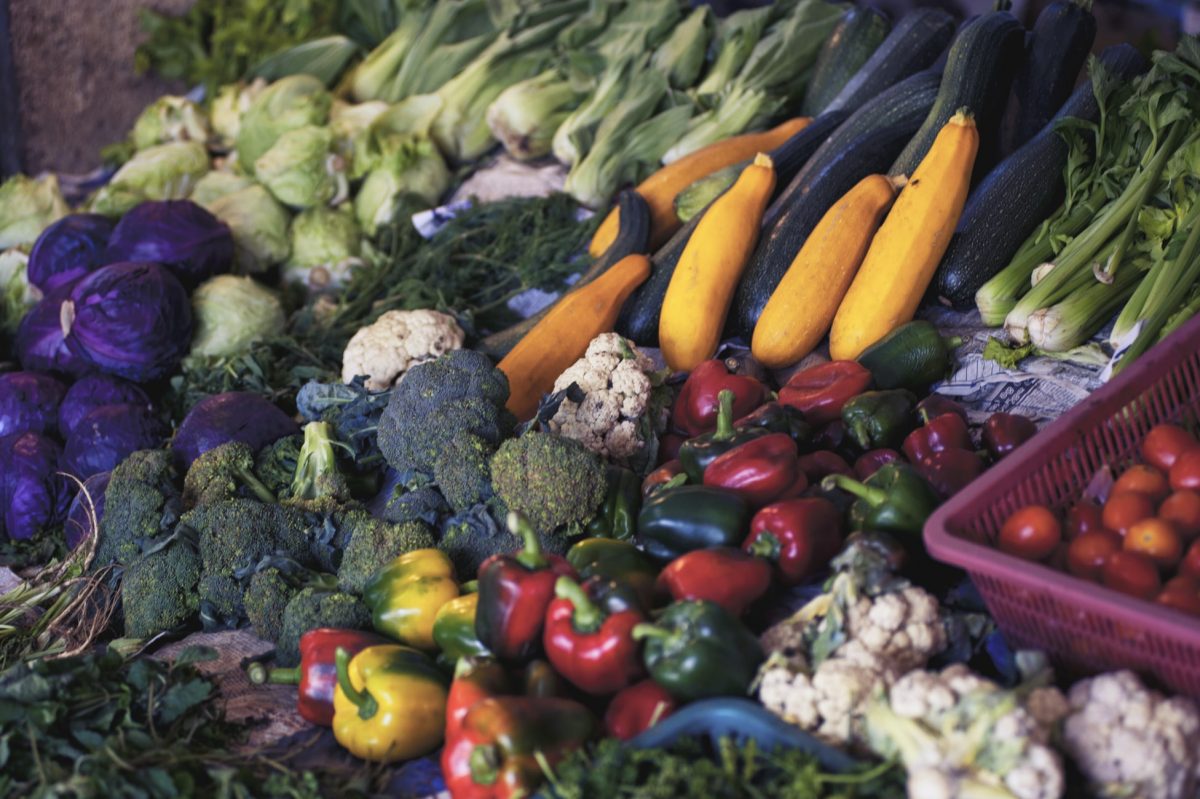 It’s a sad, but true, fact that not all children have the same blessings and advantages as others.
It’s a sad, but true, fact that not all children have the same blessings and advantages as others.
In a perfect world, every child would be raised in a loving home with plenty of healthy food, quality medical care, and education.
And one epidemic in the U.S. is proof that the disparity between family circumstances is a national problem that should be of concern for every parent.
Growing up these days can be rough. Gone are the carefree days of generations past when kids could run and play outside for hours and families had more time to stay healthy and active.
We’re all so busy now, and the world seems more unsafe than it was back then. We can’t let our children play outside unsupervised – there’s just too much scary stuff in the news.
And although we know a lot more about the benefits of healthy diet and exercise, these necessities require time and money that we don’t always have.
Once upon a time, families were able to grow their own produce and worked in more physically active jobs. Now, most of us are sitting at a desk all day, and American children are glued to phones and televisions.
Time and money are important factors in a lot of things, but especially our health. Healthy, organic food is expensive while “junk” food is readily available and much cheaper. It’s marketed as “convenient” to parents who are overwhelmed and underpaid.
We don’t seem to sit at the dinner table anymore or play a game of catch in the evening. It’s a cultural problem here and elsewhere.
And one recent study shows that there are additional barriers for kids in lower income neighborhoods when it comes to health.
The lack of safe play spaces, parents having to work longer hours for less pay, and the inability to afford healthy food options are wreaking havoc with our kids’ chances at long-term health.
U.S. News and World Report released the results of the study, which found that kids from lower-income areas have a 31 percent greater risk for life-long adult obesity. And even more shocking, teens from disadvantaged neighborhoods have a 29 percent higher increase than children under 12.
The study looked at several factors, including median income, education level of parents, percentage of residents living in poverty, and employment rates.
Kids from these disadvantaged neighborhoods had far less access to a healthy diet – due to lack of income and time in the household – and were far less physically active due to a combination of safety concerns or lack of “green spaces” in neighborhoods.
The negative effects often last a lifetime. Healthy habits may never be established. Many parents are struggling to provide basic needs, and many are doing it alone.
To rule out genetic influences in the study, researchers compared the long-term effects on circumstances and health in siblings.
Although siblings share genetic makeup and home experiences, many families see their circumstances improve over time. This may mean that one child grew up in a more disadvantaged area than a sibling born at a later time in a different place.
By and large, the child who grew up with less advantages in the neighborhood, such as places to play, showed the effects of obesity and poor health as adults.
But there is hope.
Even when living in a lower-income neighborhood, when parents work together within their community, they can effect change for their kids.
Programs like food co-ops, community clean-ups in which green spaces are created, and the simple act of communication between neighbors can make all the difference.
Even an abandoned lot in the city can be cleared and used for ball games and fellowship when the community works together as a whole.
Long working hours and low wages can be combatted when neighbors pull together to provide their children with activities and mentorship. When families have emotional support – empathy from others in the same situation – it can improve everyone’s overall health.
“We must continue to consider the context in which individuals are making decisions, the neighborhood resources that could serve as catalysts or suppressors for any genetic predispositions toward obesity in adulthood,” said the study’s lead author, Steven Alvarado.
Even when a family’s circumstances are difficult to change, there are ways to give our kids a boost when it comes to healthy levels of activity.
Community support for both parents and children also decrease the likelihood of drug and alcohol abuse.
Emotional support and the availability of even one small place to gather and play prevents kids from turning to dangerous activities to fill the voids of boredom and loneliness.
No matter a family’s circumstances, small changes can make a huge impact on a child’s long-term health.
What are some of your ideas for bringing families together within a community to benefit children? Leave us your thoughts.
